Maker’s marks, photos, and family testimonies are just some of the clues appraisers use to trace older pieces’ origins and prove authenticity.
Antique and vintage jewels have history, and that includes wear and tear that may rub off a signature, or alterations that make it hard to identify the piece as a specific designer’s work. Following the trail of a jewel to prove its famous provenance can take effort, but it ultimately adds to the piece’s value. As such, dealers will go to extraordinary lengths to unravel these mysteries and put a name to the rings, brooches, ear clips and other items that cross
their paths.
There are multiple levels of provenance, says Jill Burgum, executive director of jewelry at Heritage Auctions. “You have provenance of a big design house like Van Cleef & Arpels, [or] provenance of a royal like Marie Antoinette, or someone important like Elizabeth Taylor. Then you’ve also got provenance for a lady who was prominent in Texas, and maybe nobody elsewhere knew who she was, but all the pieces belong to this consignor, and that helps sell the jewels particularly in regional markets where people would know her. And having that authenticated can help on a larger level, because certain buyers are interested in the story.”
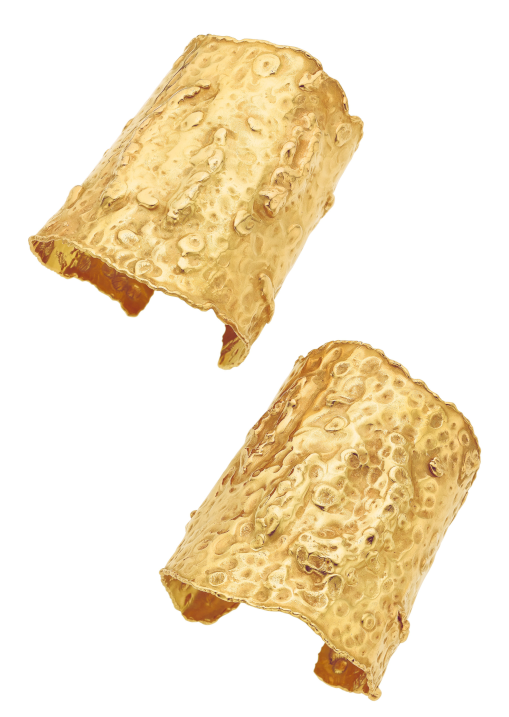
Van Cleef & Arpels Manchettes cuffs in 18-karat gold, sold by Heritage Auctions. (Heritage Auctions)
Beyond a doubt
Having a story is all well and good, but when it comes to the value of estate jewelry, you need to have proof to back it up.
“Me just saying, ‘This belonged to [former US First Lady] Jackie Kennedy,’ is not enough, because anyone can say that,” comments Gus Davis, cofounder of estate jewelry firm Camilla Dietz Bergeron. “Someone is paying a premium for signed jewelry or for celebrity provenance, so they would want peace of mind that it really is what you say it is. Yes, they’re enjoying the piece. Yes, they love it for the way it looks, but I can promise you they are not going to be happy if they find out it wasn’t really Van Cleef [after] they paid a Van Cleef price.”

Establishing authenticity can help the dealer price the jewel properly to begin with. While a high-quality diamond ring may be valued at a certain price, it will sell for more if it’s a Tiffany & Co. ring by Jean Schlumberger, simply because of the name on the inside of the shank.
“If the piece is not signed because a jeweler sized it and removed everything without realizing what they were doing, unfortunately, we can’t say the ring is whoever it is,” says Edward Lewand, owner of Consultant Appraisal Service and director of the Antique Jewelry Symposium. “Somebody called us and said they had a Harry Winston ring, but it’s no longer signed. They don’t have any paperwork, so we can’t call it a Harry Winston ring.”
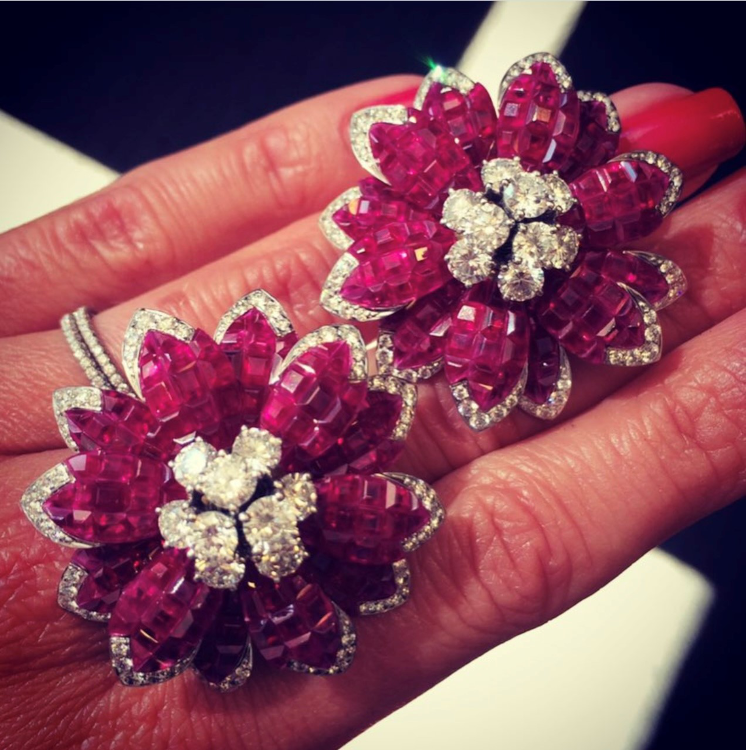
The value of a story
Knowing a jewel’s history can also boost its potential at auction, maintains Burgum. “Usually the people I’m researching are no longer present, so I can’t ask them questions, but I can sit with relatives and say, ‘Tell me a story. Help me get to know who this individual was, what they did.’ And that really helps in promoting the piece, because if I can get my audience to connect with it, that makes a big difference in the ultimate successful sale of the piece.”
While the story may not have an impact on the appraiser’s estimate, she adds, “it can certainly make a difference in the price people will pay for it.”
Didier and Martine Haspeslagh agree. The owners of UK-based dealer Didier Ltd. sell estate jewelry by artists such as Pablo Picasso, Man Ray and Salvador Dalí.
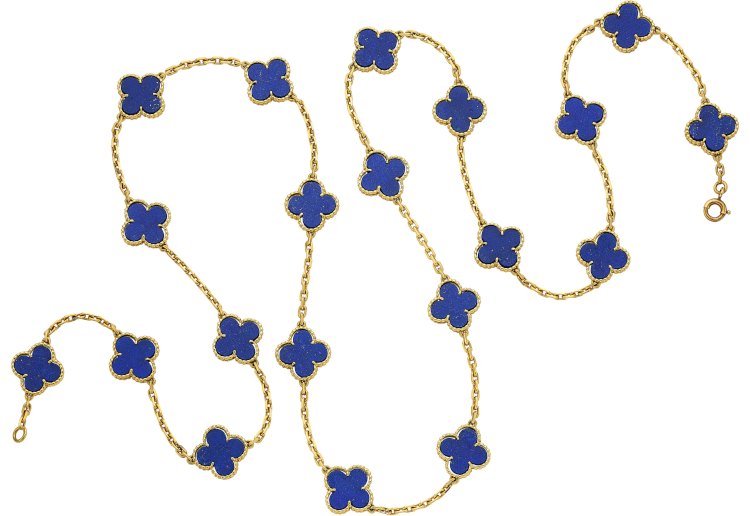
“What brings the piece to life for most people is the story behind it,” says Didier. “Why was it made? Who was it made for? How many were made? There’s a personal touch that we try and unravel, and that gives it a plus value over and above the artist’s value and the material value.”
That value addition can be immense, according to Davis. “Someone brought in a pair of diamond earrings that they said were Van Cleef. They looked very similar to Van Cleef’s style, but they had no signature. The non-signed jewelry is pretty, it has diamonds, it’s probably worth $6,000 to $7,000, but the piece that’s signed could be worth $60,000, so it’s multiples more.”
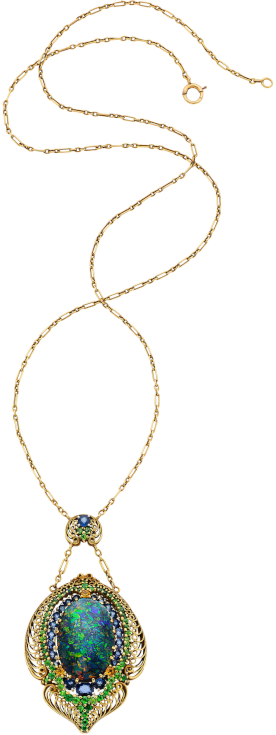
Tiffany & Co. necklace in 18-karat gold with black opal, demantoid garnets, and sapphires, sold by Heritage Auctions. (Heritage Auctions)
Lewand recounts a time the Straus Historical Society — which chronicles the accomplishments of the influential Straus family in the US — asked him to appraise a set of plain gold wedding rings.
“That’s where provenance comes to play an important part, because there are people who would love to own these rings because of who they belonged to, and because they died on the Titanic,” he says. “So that story created a premium, and we priced the rings at $10,000 apiece.”

Down the rabbit hole
When you’re tracing an item’s provenance, there’s no one-stop shop for finding missing information, notes Burgum. “We often go down every little rabbit hole we can in search of answers.
However, experts have to be incredibly cautious in labeling a jewel as a given designer’s work. A signature alone is not proof that the piece was made by the brand. For items without certificates or sales receipts, there is often a mountain of research involved in verifying authenticity.
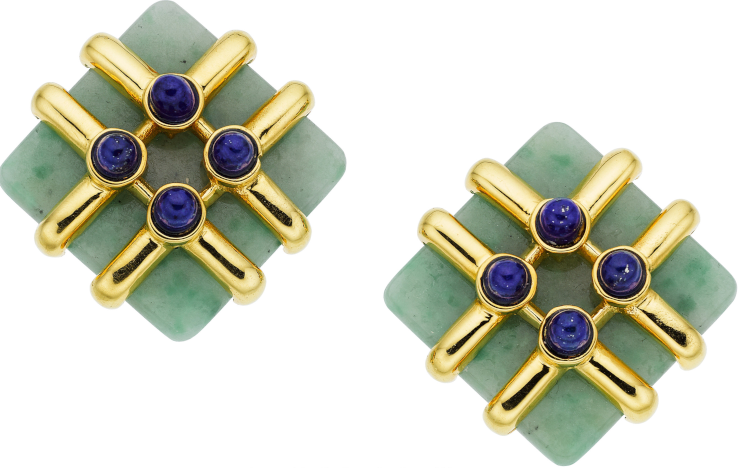
Appraiser Jennifer Leitman Bailey travels with her own lab. She first speaks to the client to find out details like how they acquired the piece, where it came from, and how long they’ve had it. She also checks for any paperwork and certificates. Then she fully examines the piece to check craftsmanship, note repair work, and look for signatures, hallmarks, stamps, or maker’s marks. An examination of the stones follows to determine if the mounting, size, cut, and other aspects are consistent with the designer or historical era of the jewel’s purported origin. Once the inspection is complete, she turns to research to confirm her findings.
“I use Google. I go to the library,” she says. “I have a collection of catalogs going back to the early 1990s, where I’m always researching. I look at past auctions — I have bookmarks of every single auction house going back decades. I have old price reports that I use like an encyclopedia.”
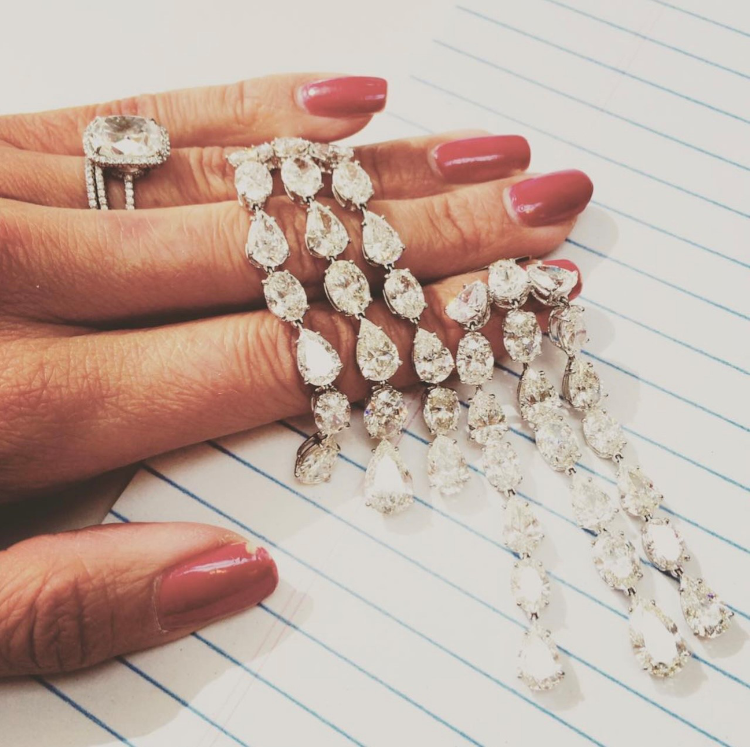
The process is often more difficult for the Haspeslaghs, as they deal with artist jewelry rather than pieces by well-known brands, and information can be scarce. Over the last decade, the two have built their own library, where they conduct research using information they’ve collected from artist monographs and foundations. This gives them an idea of the artist’s style, such as the distinctive hammer marks of Alexander Calder or the black paint overlay of Louise Nevelson. That helps them recognize the artist’s hand in the jewel. They also collect exhibition catalogs, jewelry publications, and books about the artists.
Leitman Bailey recalls a family that brought their mother’s collection in for appraisal. She saw a piece that looked special, but there was no signature, and what looked to be a maker’s mark was faint and obscured. She started searching through books, going page by page to find anything similar. “Lo and behold, in the back of the book, on the very last page, I found it — this incredible piece by [New York jeweler] Seaman Schepps,” she says. Her identification of the jewel’s maker added an additional $20,000 to $30,000 to the original appraisal price.
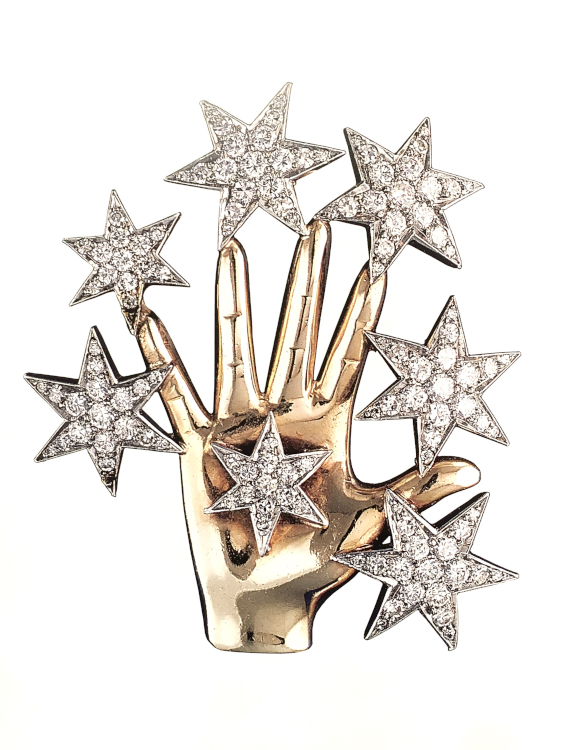
“It’s often a case of playing detective,” she adds. “You have these individual bits of information, and you have to put the provenance together like the pieces of a puzzle.
Main image: Seaman Schepps white gold bracelet set with aquamarines, indicolite, zircon and synthetic spinel, circa 1940, sold at Heritage auctions. (Heritage Auctions)
Source link
